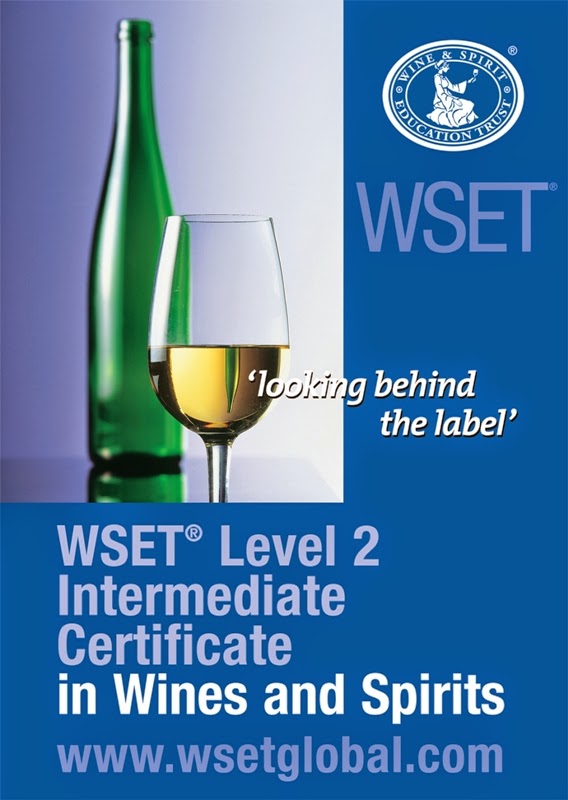Islay Whisky
Smoky, peaty and
sometimes termed as medicinal, Islay Whiskies are certainly unique. Lovers of these potent amber liquids tend to
be loyal for life, loathers are put off by the strength of flavours in the
aromas alone, let alone the taste.
Why these strong, distinctive flavours?
It’s all down to the peat.
There is no local coal on the isle of Islay so peat has been used as a
source of energy. It burns well and is
in abundant supply. Local water is brown
and needs to be filtered and processed to remove the colours. Many producers choose to work with the brown
water in the distillation process. Barley grains are laid out on the floor of a
large malting house. Underneath the
floor is a heating system, and in Islay, this heat is produced by burning
peat. The heat tricks the barley grains
to believe it is Spring and they start the germination process. This germination releases stored carbohydrate
and converts them to sugars which are then extracted and fermented into a
beer. This beer is then distilled to
produce the spirit that will become Islay Whisky.
 The aromas released
from the peat infiltrate the germinating barley grains and are so pungent that
they remain throughout the whole distillation process. Even years of maturation do not temper these
aromas, it just mellows them. Other
whisky flavours of honey, lemon, warm tropical fruit and spices combine to
produce the acclaimed product. Another
flavour descriptor of Islay Whiskies is iodine.
This comes from the salt that is blown onto the peat from the stormy sea
conditions and becomes embedded into the peat.
The aromas released
from the peat infiltrate the germinating barley grains and are so pungent that
they remain throughout the whole distillation process. Even years of maturation do not temper these
aromas, it just mellows them. Other
whisky flavours of honey, lemon, warm tropical fruit and spices combine to
produce the acclaimed product. Another
flavour descriptor of Islay Whiskies is iodine.
This comes from the salt that is blown onto the peat from the stormy sea
conditions and becomes embedded into the peat.
 Producers can choose
the intensity of the peat flavours and different distillers on the island
select their level carefully. The South
of the island tends to produce the strongest flavoured whiskies
(Laphroaig, Caol Ila, Lagavulin &
Ardberg) with the North producing more medium peated (Bowmore) and some
unpeated varities (Bruichladdich & Bunnahabhain). New distilleries are currently maturing their
whiskies to be released in the next 5-10 years.
Producers can choose
the intensity of the peat flavours and different distillers on the island
select their level carefully. The South
of the island tends to produce the strongest flavoured whiskies
(Laphroaig, Caol Ila, Lagavulin &
Ardberg) with the North producing more medium peated (Bowmore) and some
unpeated varities (Bruichladdich & Bunnahabhain). New distilleries are currently maturing their
whiskies to be released in the next 5-10 years.
Once made, the spirit needs to mature for a minimum of 3
years to become Scotch Whisky. In
reality, the maturation duration is often much, much longer. This slow, majestic maturation allows the
alcohol of the spirit to mellow and the flavours develop gently. This is the opposite to American Whiskies
whose maturation is much shorter and takes place in hot storage shed to speed
up the process.
Why not treat yourself to some of this special whisky to
celebrate Burns Night on 25th January. You may just become one of the loyal lovers.


















.jpg)







